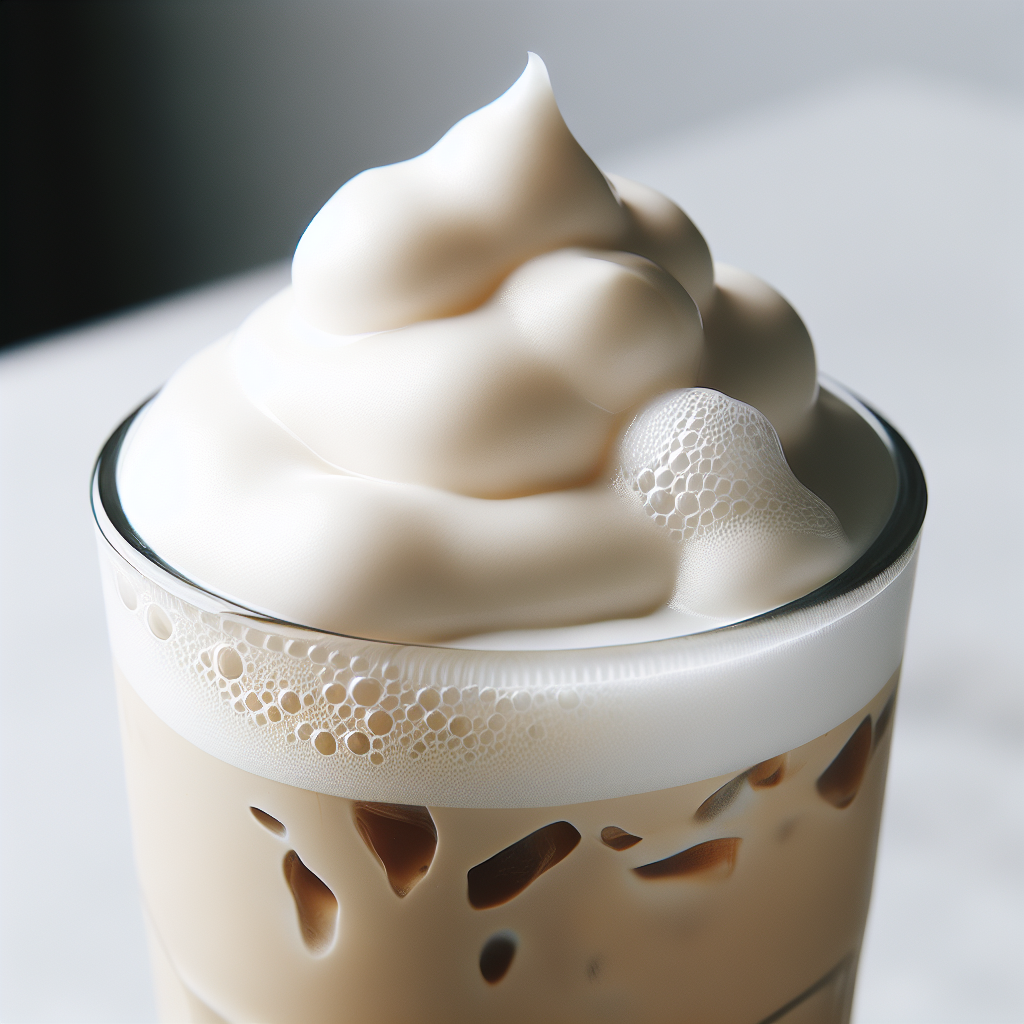
Cold foam has become pretty popular over the last few years, and yet, visually, cold foam lattes are firmly stuck in the 1980s. In other words: a tall, layered drink in a glass, topped with a spoonful of stiff foam like whipped cream. Wouldn’t it be great if you could put latte art on an iced latte instead? If the glass and the espresso were chilled, you might even be able to dispense with the ice.
Well, it turns out that, as long as you have the right milk, the right gear, and a bit of practice, you can indeed pour rudimentary latte art with cold foam. This is interesting enough by itself, for cafes that want to offer a twist on an iced latte. But it also raises some questions about what the heat is really doing when we steam a jug of milk, why cold foam is different to hot foam made with a steam wand, and whether there are better ways to get the texture that we’re looking for.
On the one hand, the fact that cold foam is possible at all shows that heating the milk is nowhere near as important as we once thought for making a good foam. On the other hand, cold foam seems to behave differently to hot foam, and we didn’t know why, so we grabbed a milk frother to see if we could find out. Over the next few weeks, we’ll share our findings — beginning, in this post, with our first experiments with cold latte art.
The Nanofoamer
Most cold foaming methods used in cafes produce a stiff, dry foam, more akin to shaving foam than wet paint. The first step in our journey to pouring cold latte art was finding a way to produce a silky, liquid microfoam without having to use a steam wand. Enter the NanoFoamer V2, a handheld milk foamer that is essentially an advanced version of those ubiquitous handheld latte whisks.
With some practice and a lot of patience, it’s possible to make microfoam and pour latte art with a regular latte whisk. While it can be done, it takes a long time to whisk the milk enough to incorporate all the bubbles, and it’s very easy to accidentally introduce a blast of large bubbles and ruin your milk texture. The NanoFoamer is a deceptively simple invention which makes the process much easier. It works by forcing air bubbles through a fine mesh, which breaks them into microfoam.
This is a great tool for experimenting with milk foaming, since it lets us separate the different variables involved in steaming milk. By separating the action of heating from the action of foaming, we can find out what the heat is really doing and whether we need hot milk to make latte art. So we purchased one — remember, we don’t accept any form of sponsorship or product placement at Barista Hustle. The next step was to find an awesome latte artist to put some theories to the test. Fortunately, we have Lloyd Meadows from Tortoise Espresso right around the corner. Just to give you an idea of what both the Nanofoamer, and Lloyd Meadows are capable of, here’s a latte poured by Lloyd made with warm milk which was foamed on the Nanofoamer.
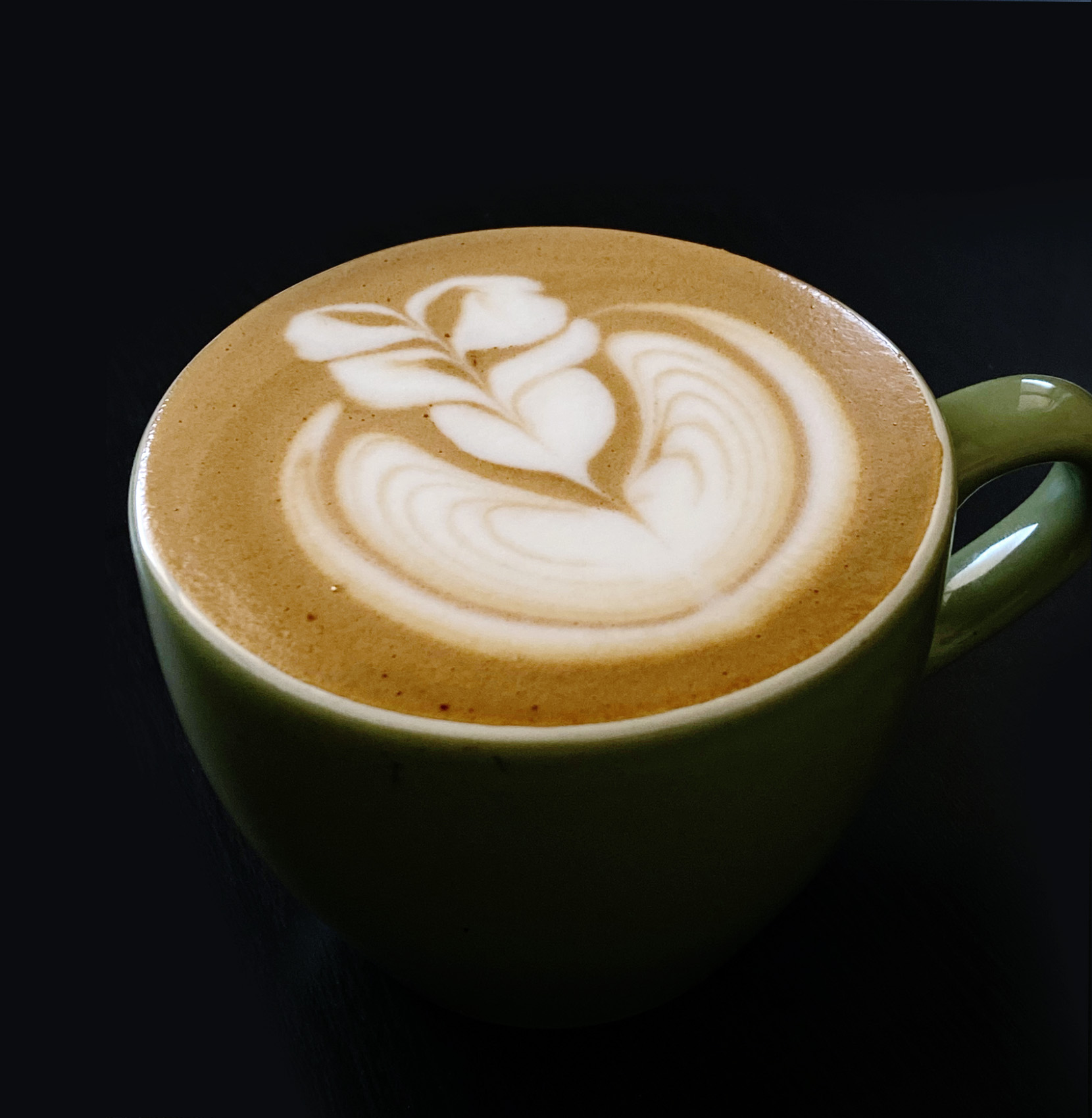 A latte foamed poured by Lloyd Meadows using the Nanofoamer with warm milk ~55°C
A latte foamed poured by Lloyd Meadows using the Nanofoamer with warm milk ~55°C
Pouring Cold Foam
There are plenty of videos online that show the NanoFoamer works well with hot milk — but we wanted to know why cold milk should be any different. According to the manufacturers, the NanoFoamer makes good foam with cold milk, but the cold foam isn’t suitable for latte art.
We had some discussions about this with the NanoFoamer’s inventor, Dominic Symons. He even took the time to send us some videos of him foaming cold milk, to show how the cold milk foam was too thick and stiff to pour anything more than a simple monk’s head.
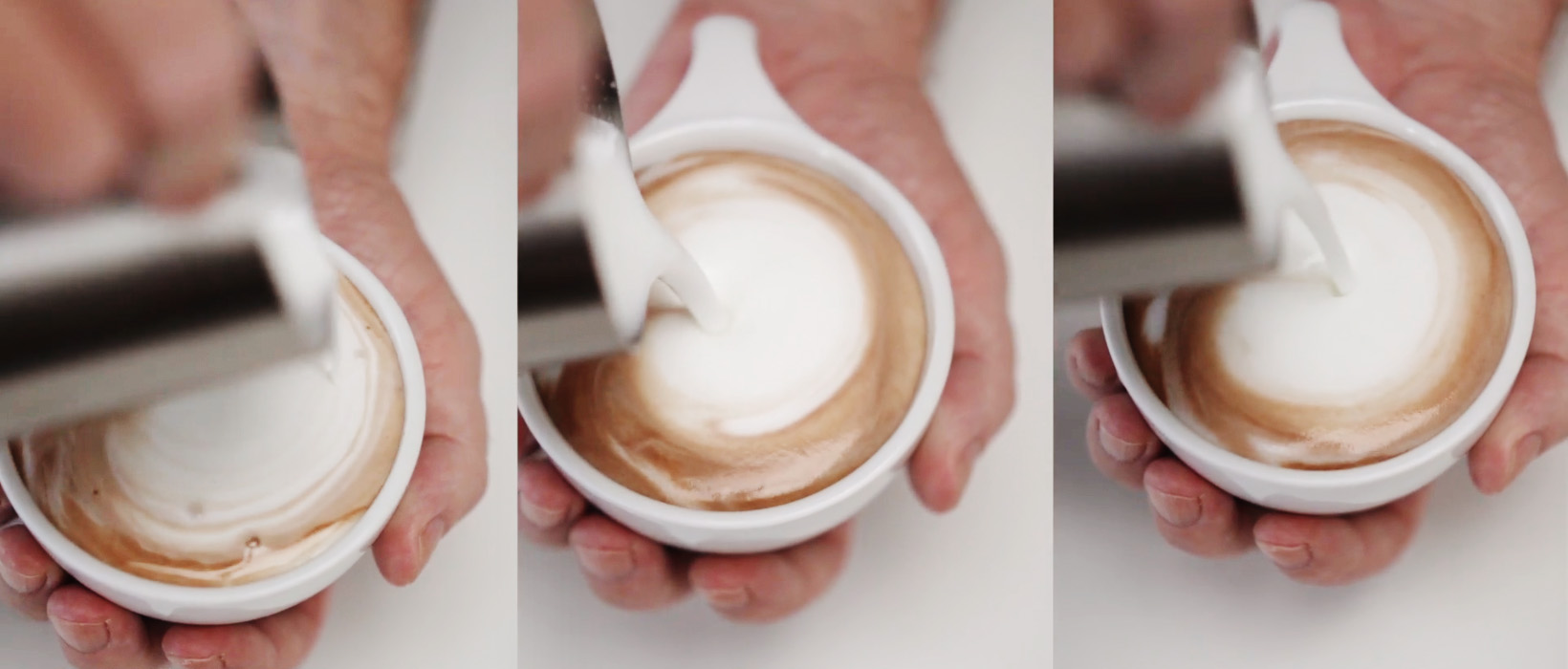 Cold milk foaming with the NanoFoamer, by its creator Dominic Symons. Left: whole milk, middle: skimmed milk, right: non-fat milk
Cold milk foaming with the NanoFoamer, by its creator Dominic Symons. Left: whole milk, middle: skimmed milk, right: non-fat milk
“As you can see… you can foam up cold milk, but it is not suitable for pouring latte art,”
Dominic told us. Yet although Dominic’s foam was thick, it was clearly silky and shiny. Because of this, we suspected that more complex latte art might be possible, with a bit of adjustment to the technique. So we gave Lloyd our NanoFoamer and set him to work.
Lloyd’s usual milk of choice is an unhomogenised cow’s milk from Schulz dairy in Victoria, Australia — the sort where the cream floats on top, with around 4% fat content. To our great surprise, with this high quality milk, the foamer didn’t work at all. The unhomogenised milk simply wouldn’t hold any bubbles. In fact, during an early test with the Schulz milk, we accidentally churned the milk into butter by leaving the Nanofoamer going for way too long. After that we switched to homogenised milk, but Lloyd had almost the opposite problem — the milk quickly became far too frothy. After pouring, the texture fell apart very quickly.
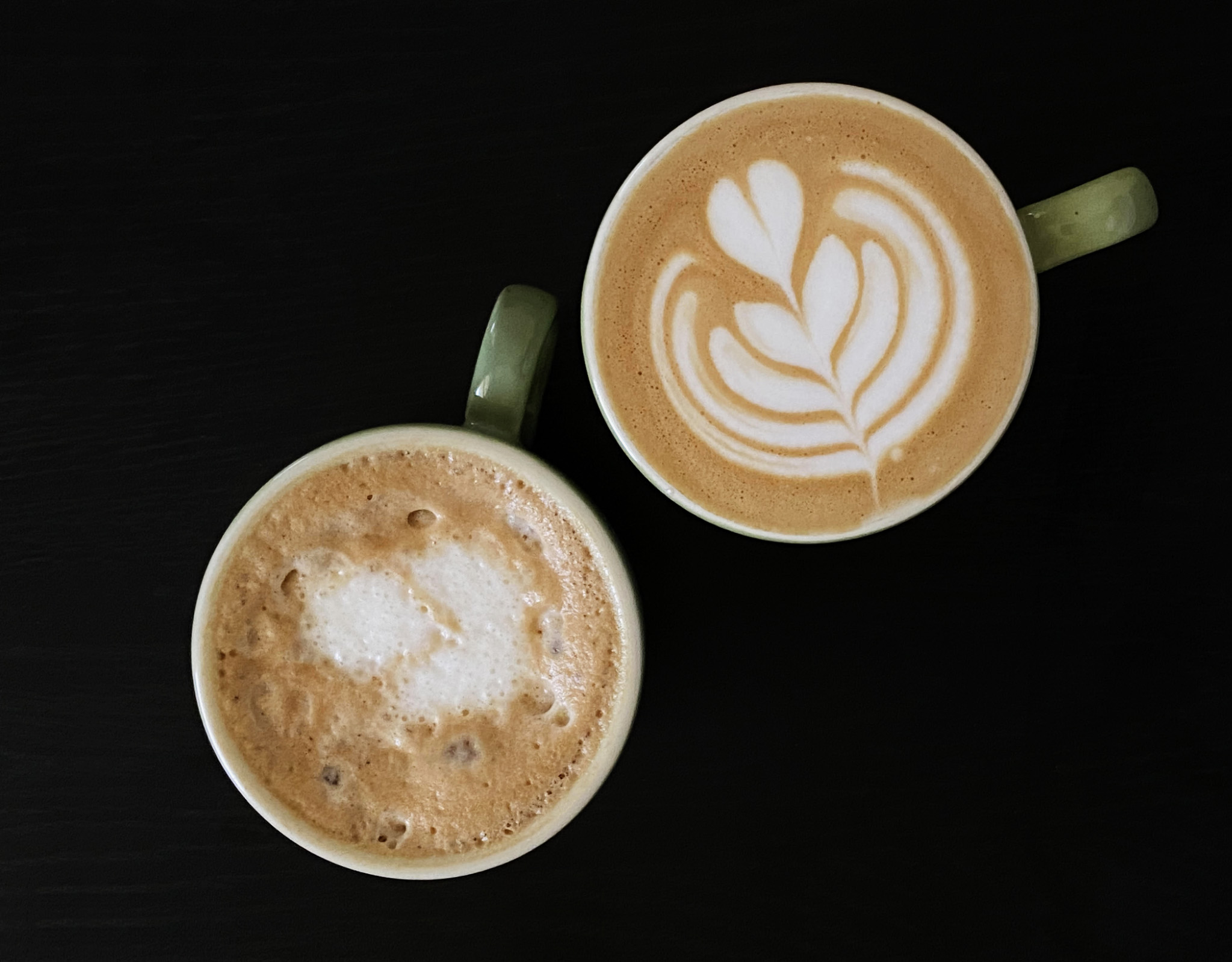 Cold-foamed versus hot-foamed milk. The thick, stiff froth of the cold-foamed milk (left) collapses very quickly.
Cold-foamed versus hot-foamed milk. The thick, stiff froth of the cold-foamed milk (left) collapses very quickly.
With a second attempt, though, Lloyd got better results. By keeping the NanoFoamer below the surface as much as possible, to minimise the amount of air entrained into the milk, he was able to make a foam that was just about liquid enough for latte art. Those three stacks might not win any competitions, but it’s certainly the best cold-foam latte art that we’ve seen yet.
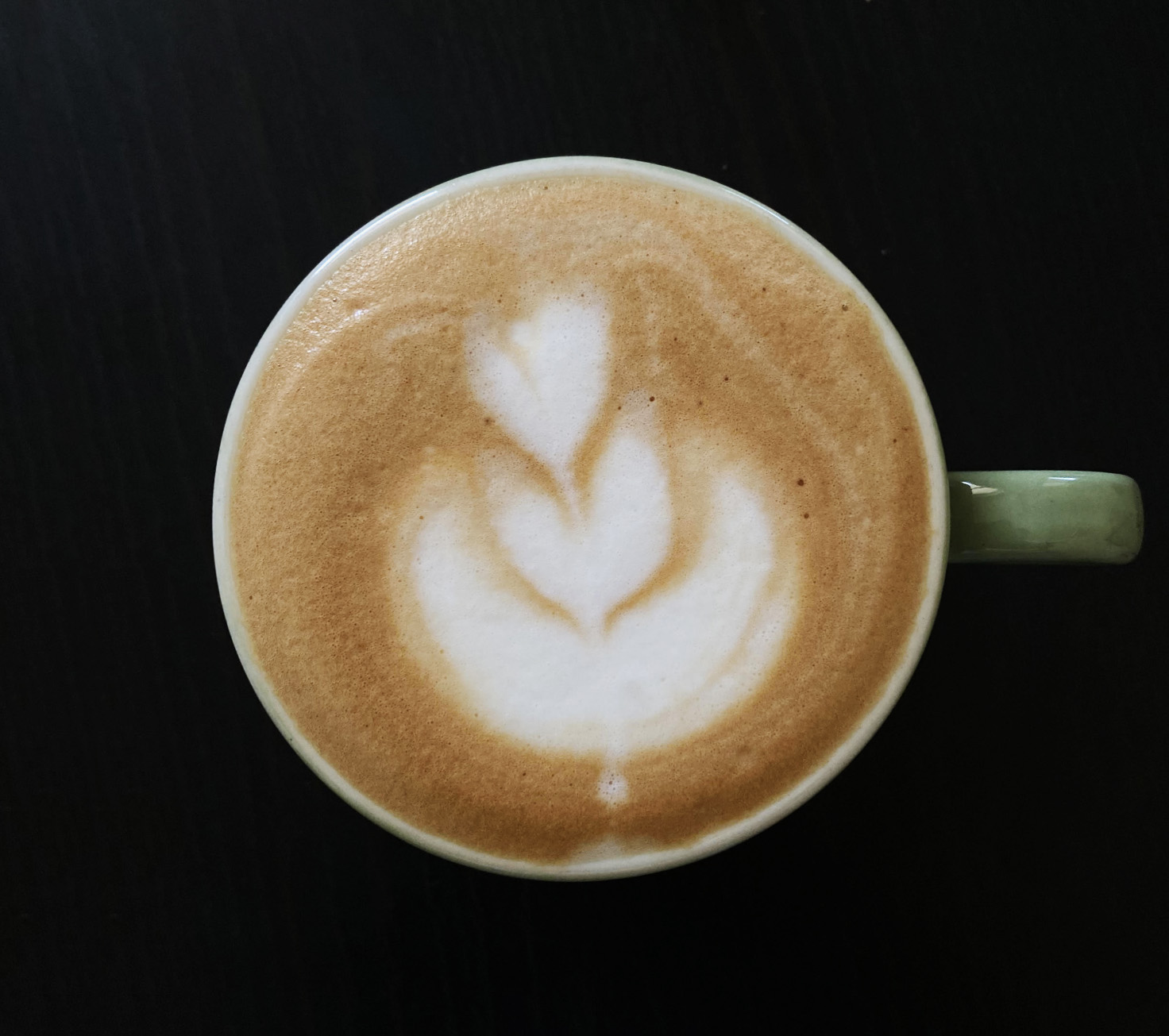 Latte art made with cold foam.
Latte art made with cold foam.
From a sensory perspective, Lloyd tells us, iIt was very weird drinking a cold latte, but the texture and taste were actually OK.” When it came to pouring, he says, “it reminds me of steaming with dish soap for texturing practice and trying to pour with that. You have to push the foam really hard to get it out, so you end up with no definition.”
With a bit of practice, then, we could see this being used in cafes as a different way to present an iced latte. With a properly cooled espresso, and a cup pulled straight from the freezer, you could serve a silky, shiny cold-foam latte with some simple latte art on top.
How Does Heat Help?
We shared these results with Professor Abbott, to see what our cold foam success story tells us about why hot milk foams more easily.
A common explanation for why hot milk foams better than cold is that the protein unfolds, or ‘denatures’, when it’s heated. When the protein unfolds, it exposes hydrophobic parts of the molecule, which then bind to air bubbles and stabilise them.
This explanation is neat, but turns out to be a myth, Abbott explains. Milk proteins don’t significantly denature at the temperatures we normally steam milk to. Heat does denature proteins, but if you overheat milk to the point that proteins actually denature, it will no longer foam properly.
The fact that we can make cold foam at all, confirms that denaturation isn’t necessary for milk foaming. The small shear forces created by the NanoFoamer aren’t enough to perturb the structure of the proteins either — so it’s clear that the proteins can stabilise milk bubbles just as they are, without denaturing.
In fact, the main benefit of heating the milk before making a foam is that it’s much easier for the proteins in the milk to reach the surface of the bubble when the milk is hot. Any chemical process requires a certain amount of energy (the activation energy) to take place — this is why you need a match to light a fire. The process of the protein adsorbing onto the wall of a bubble is no different. In hot milk, there is more energy available, so the milk proteins can reach the bubble surface more easily.
In cold milk, you need other methods to encourage the protein to bind to the bubble surface. The simplest means of getting this done is to give the proteins a lot of bubble surface area to bind to. This is why the NanoFoamer is so effective — it creates a mass of tiny bubbles, which means there is a lot of surface area. With lots of small bubbles in the milk, it’s easy for a protein molecule to bump into the bubble surface and work its magic.
So if we want to make better cold foams, what else can we do to make it easy for the proteins to bind to bubbles? One answer is to change the pH, which subtly changes the behaviour, and sometimes the shape, of the protein. Naturally, we had to give this a try too — and it worked an absolute treat. We’ll share those results in our next post.
Revamping the Cold Foam Latte: A Journey into the Art of Chilled Coffee
Picture this: a tall, layered drink in a glass, crowned with a dollop of stiff foam reminiscent of whipped cream. Sounds like a flashback to the 80s, right? Well, that’s your typical cold foam latte. But what if we could jazz it up with some latte art? What if we could ditch the ice by chilling the glass and espresso? Turns out, with the right milk, gear, and practice, you can indeed pour basic latte art with cold foam. Intriguing isn’t it?
The Cold Foam Conundrum
This revelation not only adds an exciting twist to iced lattes but also raises some thought-provoking questions. For instance, what role does heat play when we steam milk? Why is cold foam different from hot foam made using a steam wand? Is there a better way to achieve that perfect texture?
Interestingly enough, cold foam’s very existence proves that heating milk isn’t as crucial as we once thought for creating good foam. However, there’s no denying that cold foam behaves differently from hot foam. To understand why this is so and how to make great cold foams for our lattes, we decided to embark on an experimental journey.
The NanoFoamer: A Game Changer
Most methods used in cafes produce stiff dry foams akin to shaving cream rather than wet paint. So our first step was finding a way to create silky liquid microfoam without resorting to steam wands.
Enter the NanoFoamer V2 – essentially an advanced version of those ubiquitous handheld latte whisks you see everywhere. With patience and practice (and trust me – lots of it), you can make microfoam and pour latte art with a regular latte whisk. However, it’s a time-consuming process and one wrong move can introduce large bubbles, ruining your milk texture.
The NanoFoamer simplifies this process by forcing air bubbles through a fine mesh, breaking them into microfoam. It’s an excellent tool for experimenting with milk foaming as it allows us to separate the heating action from the foaming action. This way, we can understand what heat is really doing and whether we need hot milk to create latte art.
Putting Theories to Test
After acquiring our NanoFoamer (and no, we don’t accept any form of sponsorship or product placement), we needed an expert latte artist to put some theories to test. Enter Lloyd Meadows from Tortoise Espresso – just around the corner and ready for action.
Lloyd’s first choice of milk is an unhomogenised cow’s milk from Schulz dairy in Victoria, Australia — the sort where the cream floats on top with around 4% fat content. To our surprise, this high-quality milk didn’t work at all with the foamer! The unhomogenised milk simply wouldn’t hold any bubbles. In fact, during an early test with this type of milk, we accidentally churned it into butter by leaving the NanoFoamer running for too long.
Switching to homogenised milk presented almost the opposite problem — the milk quickly became far too frothy and fell apart very quickly after pouring.
Progress in Pouring Cold Foam
However, Lloyd didn’t give up so easily. By keeping the NanoFoamer below the surface as much as possible (to minimise air entrainment), he was able to make foam that was just about liquid enough for latte art. The results were impressive, to say the least. Lloyd’s cold-foam latte art might not win any competitions, but it’s certainly the best we’ve seen yet.
From a sensory perspective, Lloyd found the experience of drinking a cold latte quite odd, but he admitted that the texture and taste were actually okay. Pouring was a bit tricky though – “it reminds me of steaming with dish soap for texturing practice and trying to pour with that. You have to push the foam really hard to get it out, so you end up with no definition.”
With some practice, this could be an exciting way for cafes to present iced lattes. Imagine serving a silky, shiny cold-foam latte with simple latte art on top using properly cooled espresso and a cup straight from the freezer!
The Heat Factor
We shared our findings with Professor Abbott to understand why hot milk foams more easily. A common explanation is that protein in milk unfolds or ‘denatures’ when heated, exposing hydrophobic parts of the molecule that bind to air bubbles and stabilise them.
However, this explanation turns out to be a myth! Milk proteins don’t significantly denature at temperatures we normally steam milk too. Overheating milk can cause proteins to denature but then it will no longer foam properly.
The fact that we can make cold foam confirms that denaturation isn’t necessary for milk foaming. The small shear forces created by the NanoFoamer aren’t enough to disturb protein structure either — so it’s clear that proteins can stabilise milk bubbles just as they are without denaturing.
Making Better Cold Foams
If we want better cold foams, what else can we do to make it easy for proteins to bind to bubbles? One answer is changing the pH, which subtly alters the protein’s behaviour and sometimes its shape. Naturally, we had to give this a try too — and it worked an absolute treat. We’ll share those results in our next post.
So there you have it! The journey of cold foam lattes from the 80s throwback to a potential game-changer in the world of iced coffees. Stay tuned as we continue our exploration into the art of chilled coffee!
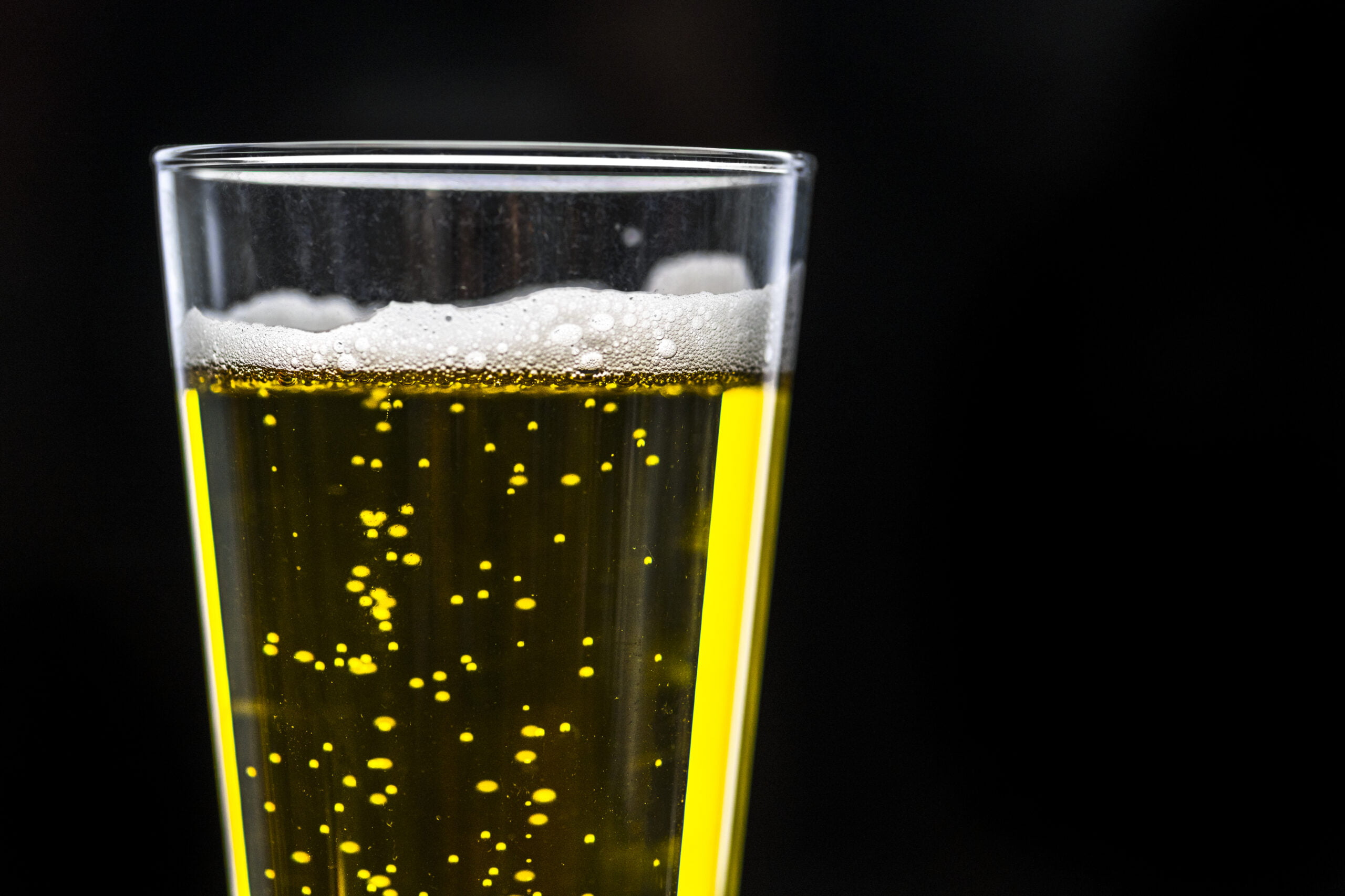
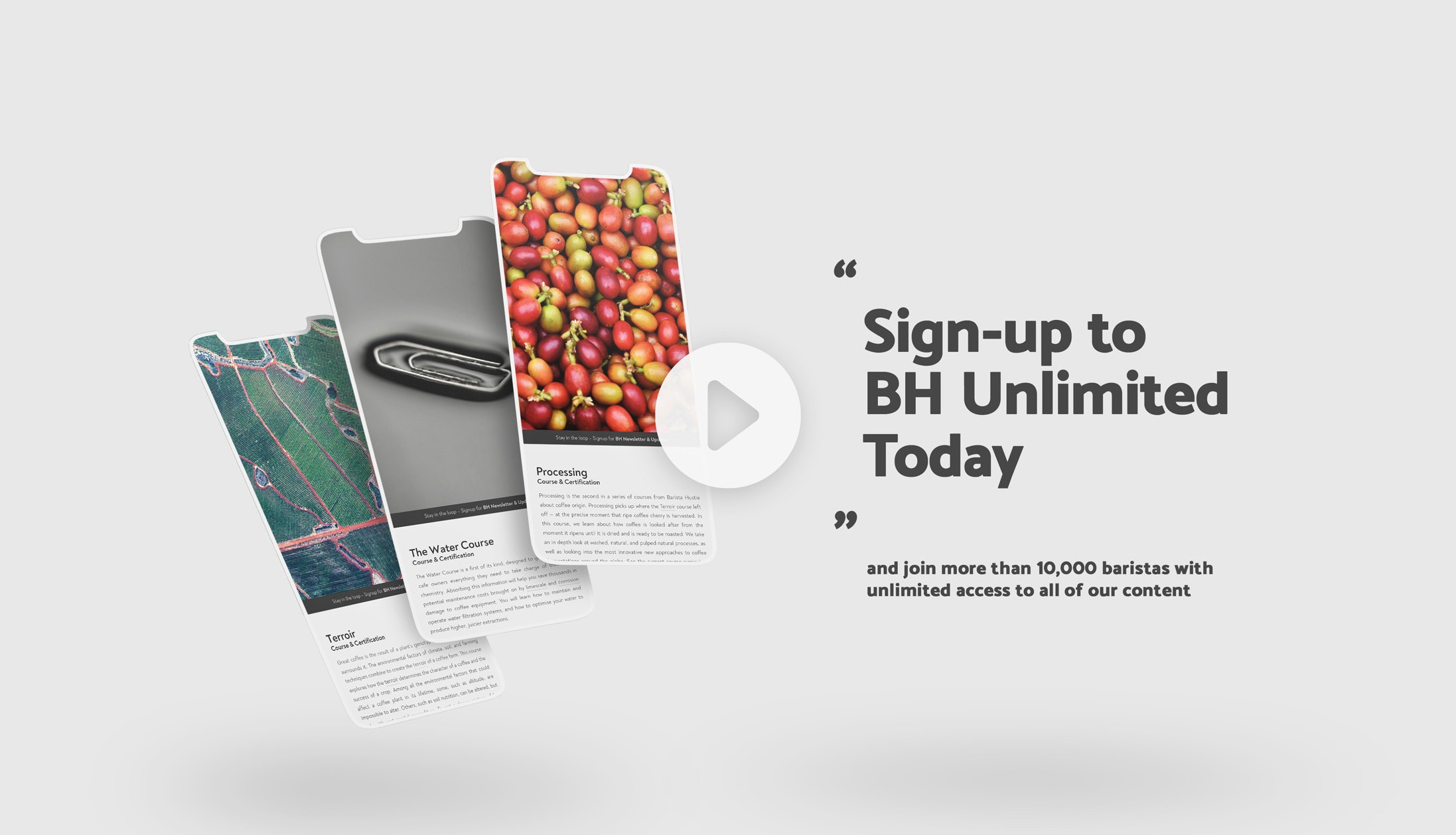
You must be logged in to post a comment.